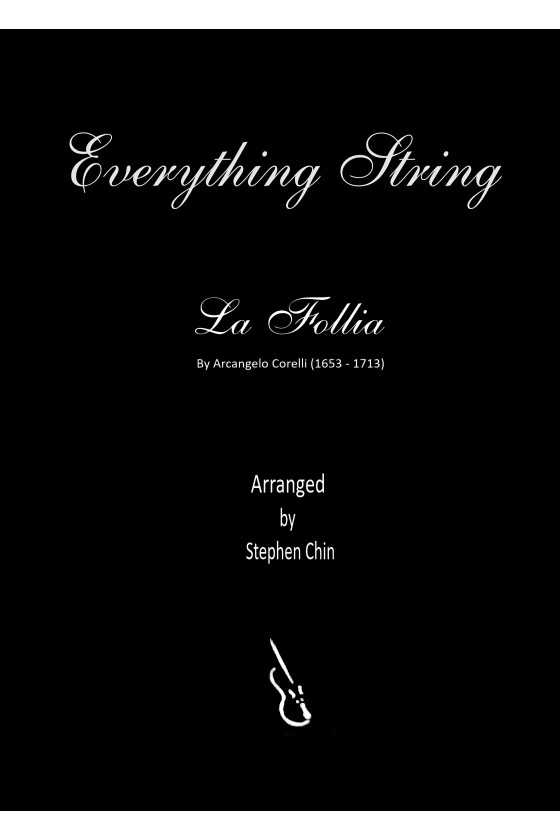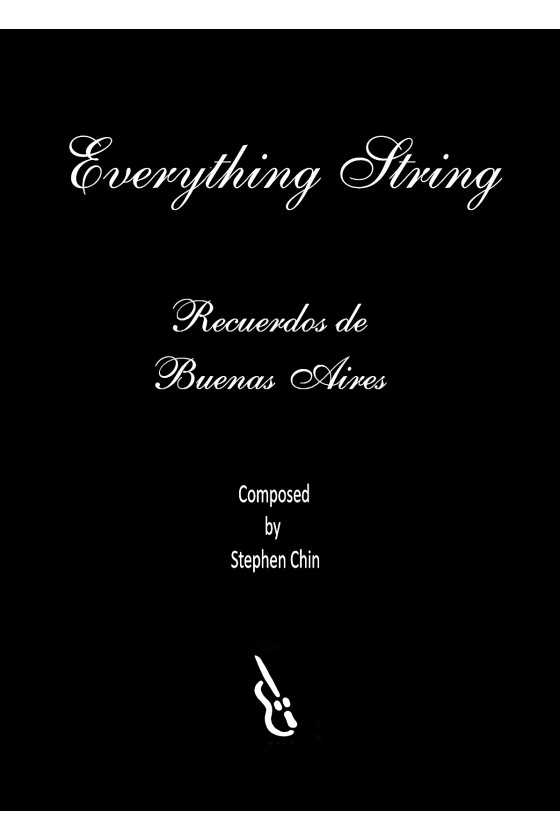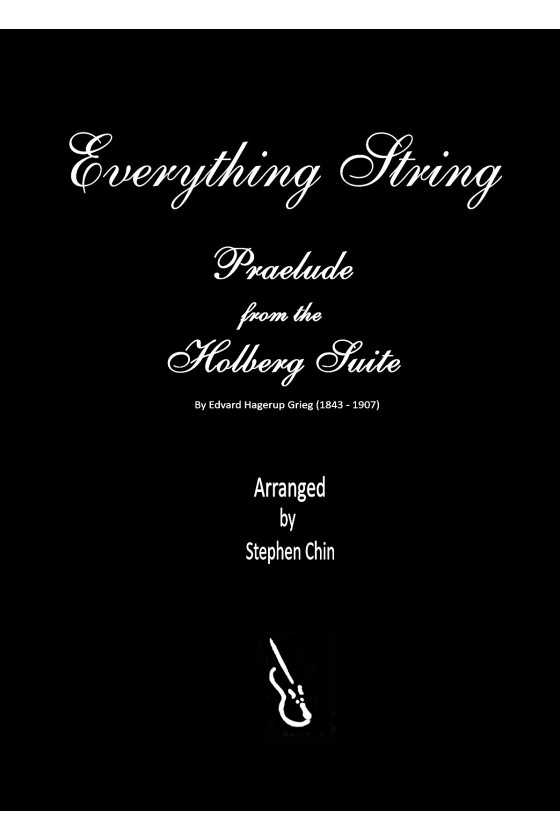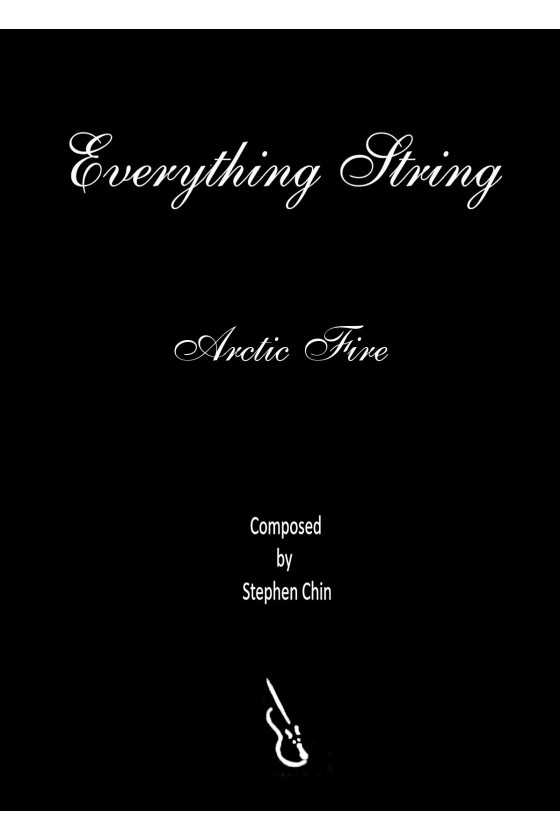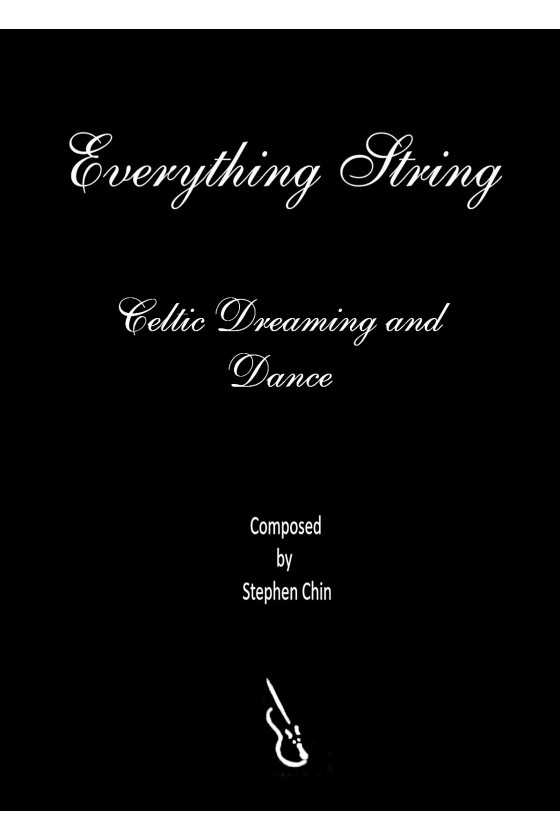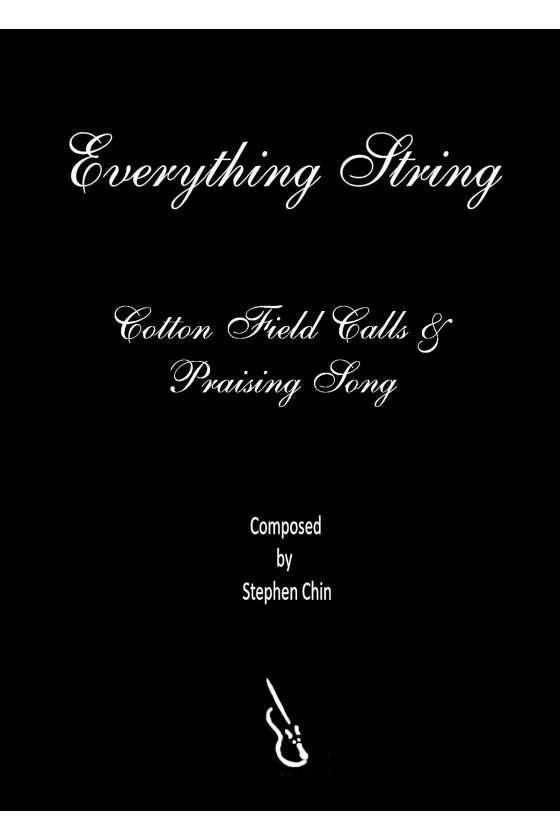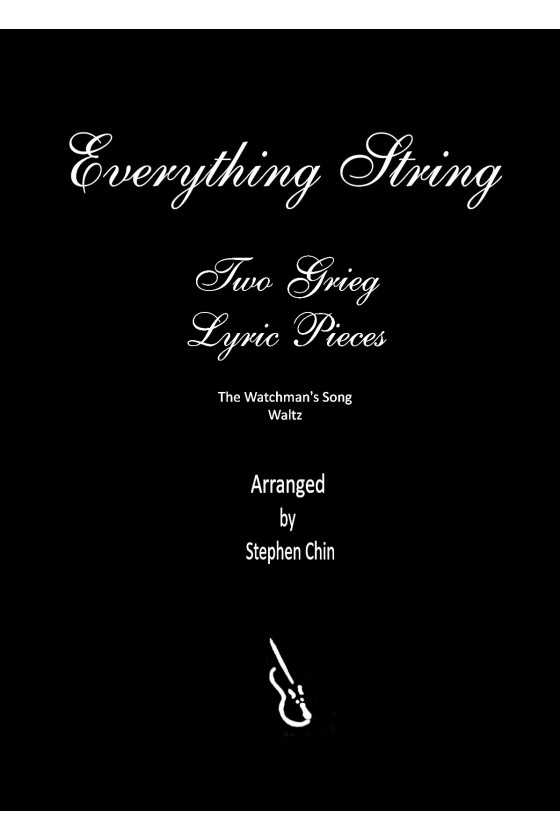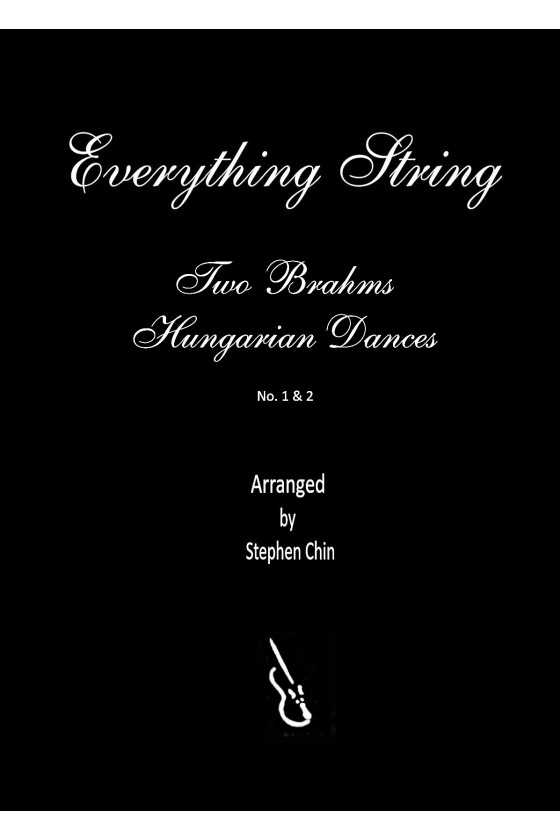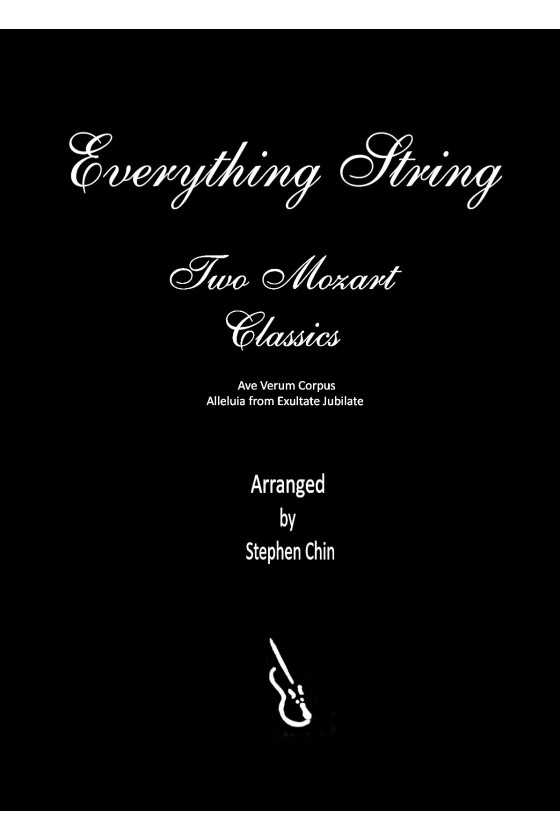La Follia By Corelli Arr Stephen Chin
Arcangelo Corelli (1653 - 1713) was a Baroque composer who set the standard for musical composition in his time. This piece is based on the last of his opus five violin sonatas, which includes twenty-four variations on the Spanish melody "La Follia". The arrangement presents five variations after the theme is introduced, with each upper-string section playing the tune fully against Corelli's original figurations. The main theme returns in an opulent manner.
For String Orchestra Grade 3

